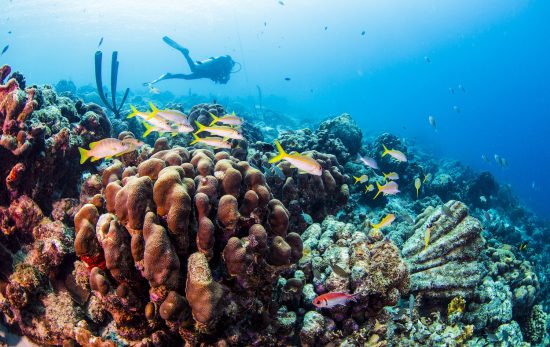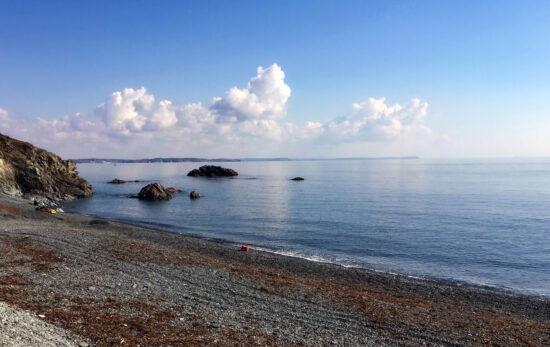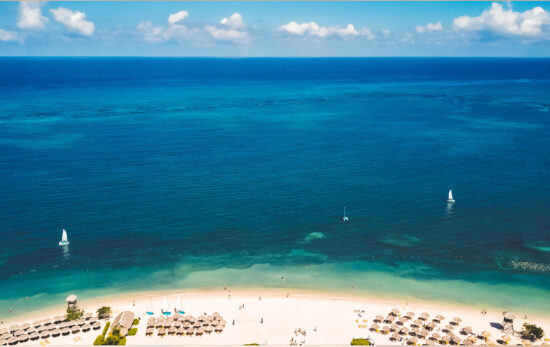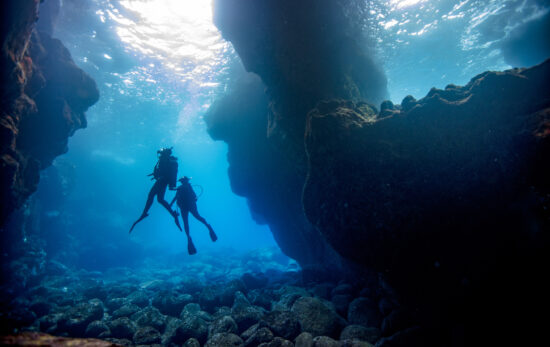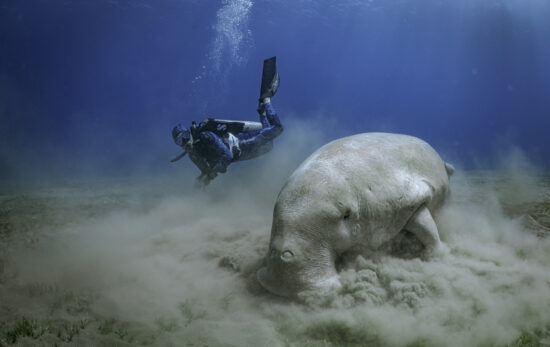If you think that cruise ships are only for old people with execrable taste in clothes, then look away now. If, however, you like cruise holidays or are interested in principle, read on. My buddy and I have just done our first cruise ship diving, and our expectations were exceeded. Of course, there are advantages and disadvantages to cruise ship diving, or diving at cruise ship stops. Let’s dive in!
At two stops, we dove with the operator used by the cruise line, and we made our own arrangements at the third stop, so we got to experience both.
We figured that the gear would be rubbish (some was, but some was fine), that the dive sites would be glorified snorkel reefs (only one of them shared space with ‘one-horned butt-fish’, as a dive leader called them), that we would not find many good photo opportunities (I took some of my best photos ever). We dove two decent wrecks and saw a good array of interesting species amongst healthy coral.
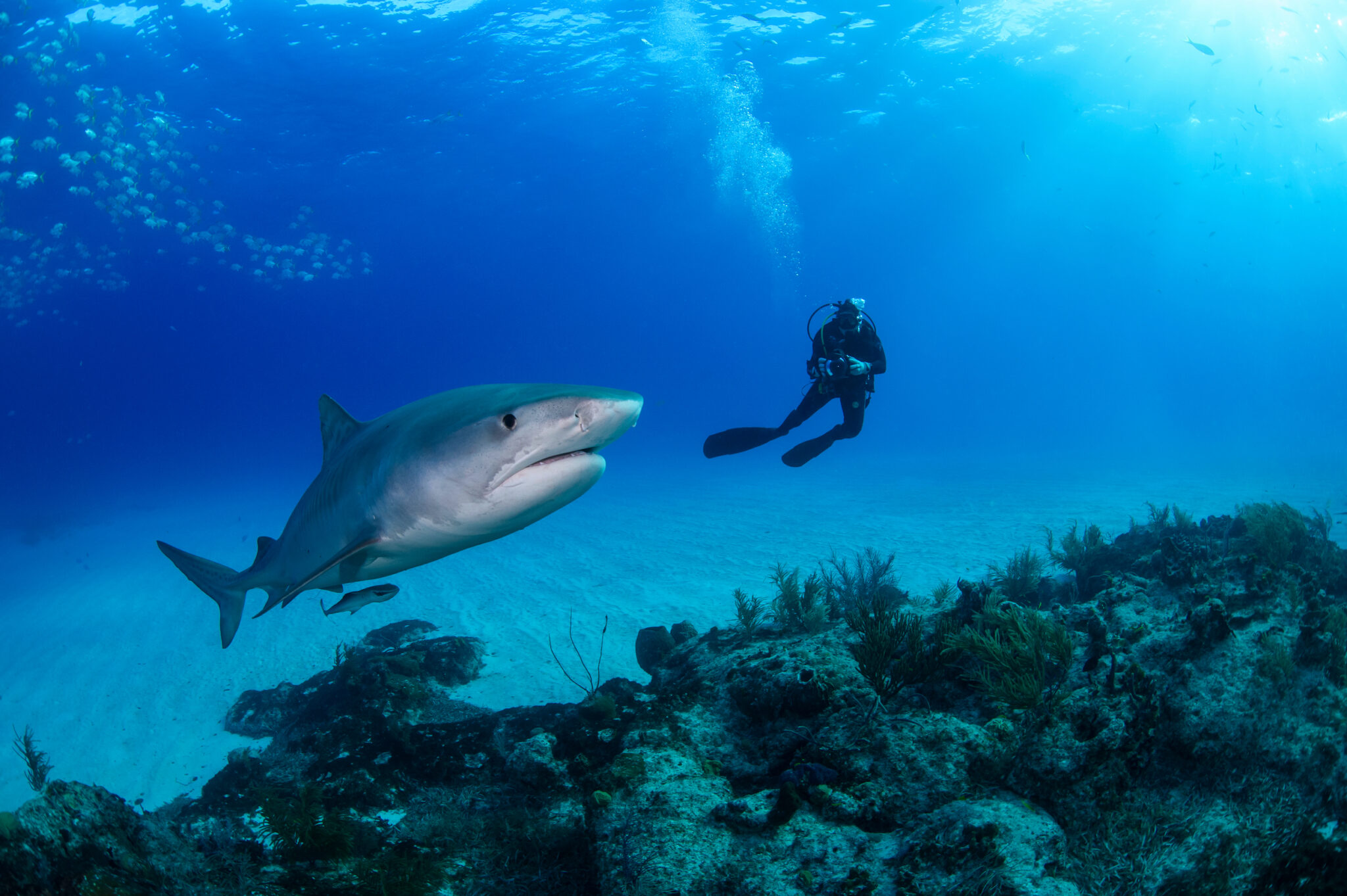
Yes, there is more food than anyone can ever eat, in almost overwhelmingly large quantities. Yes, the relentless cheerfulness of the cruise director gets tedious after about ten minutes. I’m really selling this, aren’t I?
Yet, for the diver, it can be another way of experiencing multiple dive locations on the same trip. Especially if you’re traveling with a family of non-divers, there are loads of other activities to keep them happy while you toddle off and indulge your underwater passions.
On the other hand, most liveaboards are too limited in space and diversions for anyone not diving. On a big cruise ship, partners and children can swim in the pools, take part in hundreds of organized activities, or go ashore with different excursions while you’re diving.
And, like a liveaboard, you get to sample the diving at a range of different locations, with different conditions and different attractions. This has both advantages and disadvantages:
Cruise Ship Diving – Advantages:
- Variety and diversity of dive experiences.
- You’re travelling in a huge, luxury floating hotel between locations.
- If you don’t like a location, you’re not stuck there for a week.
- The dive operation used by the cruise line is likely to be situated right at the port, which is very convenient.
- Gear is included with every dive you sign up for during your cruise.
- You don’t have to do ANY gear maintenance!
Cruise Ship Diving – Disadvantages:
- You don’t get to know the crew on the dive boat, or have time to learn much about the location.
- Many dive excursions organized by cruise lines are crowded.
- No choice of dive sites to visit.
- The cruise dive operator may not be the best at the location, just the most convenient.
- If there’s bad weather, you’ll have to return to port or cancel the trip.
- Dives will be shorter. You’re on cruise ship time, so a schedule must be followed (even if you have 2500 PSI left).
Choosing an Operator for Your Excursion
You can probably book the diving as part of the cruise, but you are not given any information about the operator and have to trust that they will be of acceptable quality. Alternatively, you can choose to book your diving directly with the operators. This gives you a lot more flexibility and choice, and probably a better dive experience overall.
However—and this is important—you are responsible for travel arrangements to and from the ship. If you’re late back, the ship will leave without you, unless you are booked on one of their excursions. If you dive with their operator, the ship will wait for you. So be very careful with timings.

On another practical note, it’s unlikely that you’ll have room for dive gear in your stateroom, nor is there anywhere else to store it. The rental gear is generally okay, but it will vary in quality, just as with any dive operation. It’s worth bringing items of gear which aren’t too bulky and where familiarity matters, like your mask and computer.
And finally, don’t forget your certification cards! You won’t be diving without them.
What to Expect on a Cruise Ship Dive Boat
If you’re a brand new diver or haven’t been in a while, it’s always good to know what will be onboard the dive excursion boat you’ll be on. Most of these excursion dive boats have the same essentials as any other dive boat worldwide. Rental gear will be supplied, so it’s not necessary to lug your own equipment around. Also there will be defogger, fresh water buckets, weights, extra masks and fins, drinking water and occassionally snacks.
Your excursion will normally last three to four hours, depending on your cruise ship’ ‘all aboard time’, so expect everything to be a little more fast-paced than your used to. Once onboard the dive boat, you’ll be separated into different guided groups, and you’ll meet you instructor or Divemaster. Then, you’ll receive a briefing, just like any typical dive. Your bottom time will likely be 30 to 40 mins for two separate dives, and your surface interval will be short. During this time between dives, you can chat with the crew about the area you’re diving in to learn more about the best dive sites and the local culture. After surfacing from your second dive, you’ll climb back aboard, do a roll call and the crew will hustle you back to the dock to get you back on your cruise ship.
If you love getting shirts from your dive destinations, you usually won’t have access to the dive shop directly, but the crew should sell t-shirts and diving memorabilia onboard.
Will There be Deep Dives?
Considering you’ll likely arrange your dives while you’re on the cruise ship, deeper or more advanced dives are usually out of the picture. While these are scuba diving excursions, the diving crew has to be responsible for everyone onboard. If there’s a Junior Open Water Diver in your group, they can’t go past 12 meters/60 feet per PADI standards. So for accountability and standards, that group can’t descend past that point.
Alternatively, some dive shops may account for this ahead of time and have an additional guide on board or group divers of the same level together. However, each dive shop is different, so reach out to your excursion director or the dive shop before your dive day if you want to descend to a specific depth.
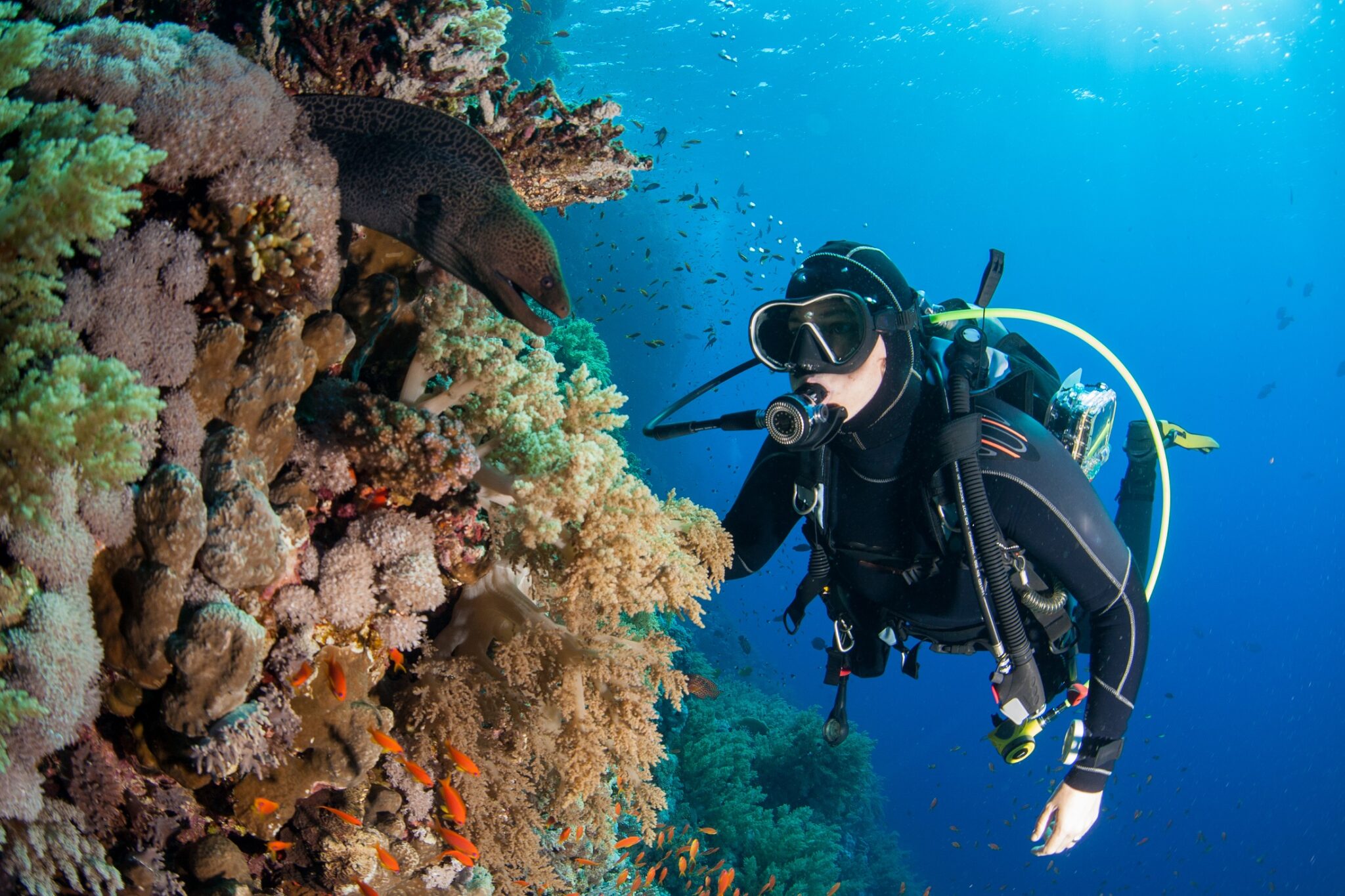
Ready to Dive In?
Locate a local PADI dive shop at your next cruise ship stop and start your next underwater adventure!
This blog was originally written by Jackie Hutchings and published on the Diviac Magazine.
